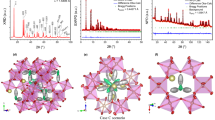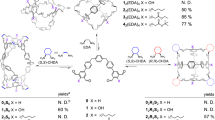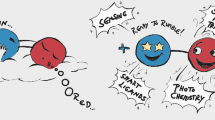Abstract
IN developing the isotope dilution method of amino-acid analysis, we have been concerned with the difficulty of proving the purity of the isolated sample of ammo-acid, upon which the accuracy of the determination depends. Elementary analysis and the estimation of reactive groups are not always entirely satisfactory, because the contaminants most likely to be present in such purified material are those which have a very similar composition. Shemin1 has reported the contamination of glutamic acid hydrochloride by cystine dihydrochloride even after repeated crystallization, and Keston, Udenfriend and Cannan2 have emphasized the danger of co-precipitation of nearly related amino-acids and their derivatives.
This is a preview of subscription content, access via your institution
Access options
Subscribe to this journal
Receive 51 print issues and online access
$199.00 per year
only $3.90 per issue
Buy this article
- Purchase on SpringerLink
- Instant access to full article PDF
Prices may be subject to local taxes which are calculated during checkout
Similar content being viewed by others
References
Shemin, D., J. Biol. Chem., 159, 439 (1945).
Keston, A. S., Udenfriend, S., and Cannan, R. K., J. Amer. Chem. Soc., 71, 249 (1949).
Kunitz, M., and Northrop, J. H., J. Gen. Physiol., 13, 781 (1930); Butler, J. A. V., ibid., 24, 189 (1940).
Dunn, M. S., Frieden, E. H., Stoddard, M. P., and Brown, H. V., J. Biol. Chem., 144, 487 (1942).
Author information
Authors and Affiliations
Rights and permissions
About this article
Cite this article
HUGHES, I., YOUNG, G. Determination of Chemical Purity. Nature 164, 503 (1949). https://doi.org/10.1038/164503a0
Issue date:
DOI: https://doi.org/10.1038/164503a0



